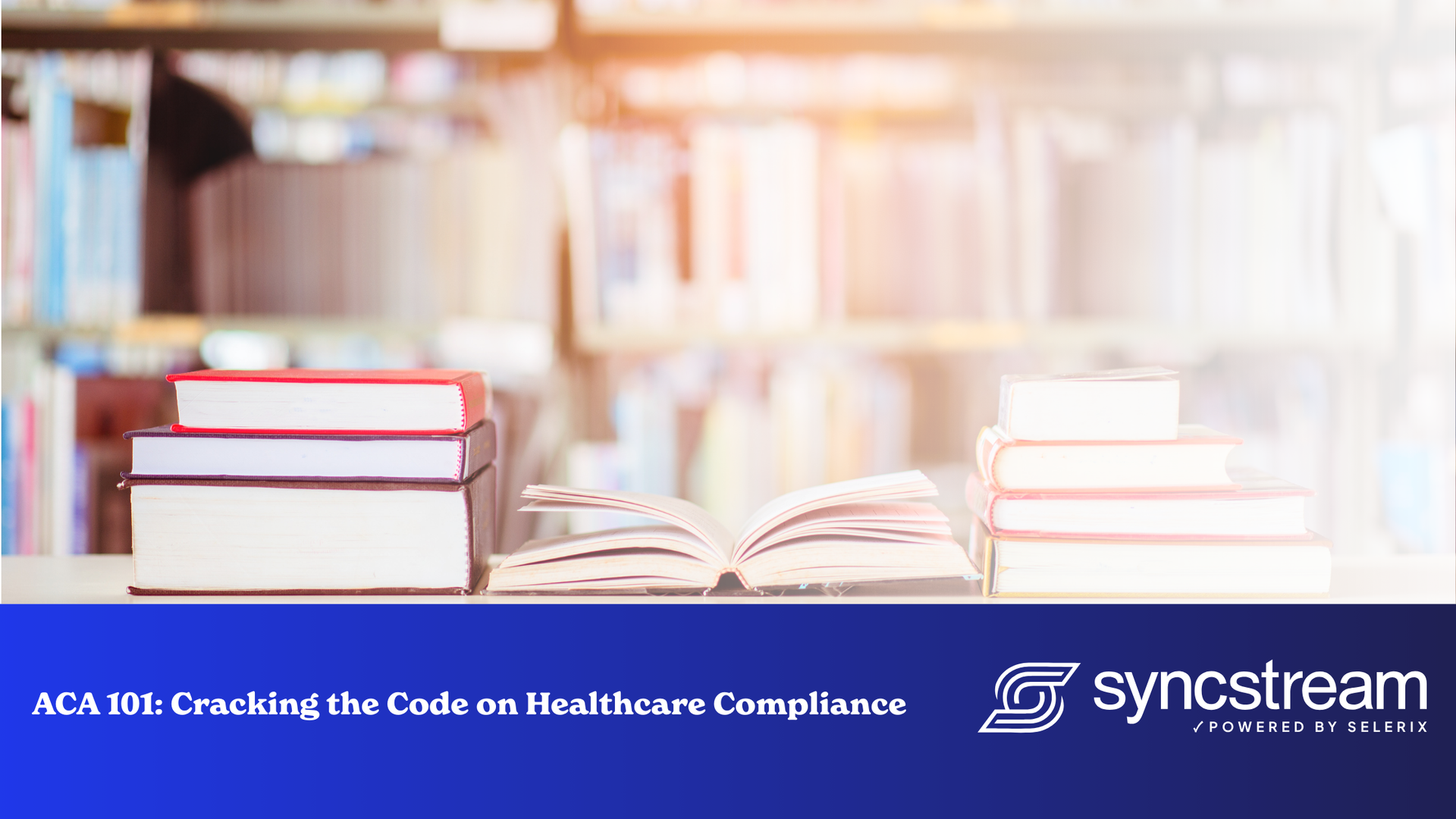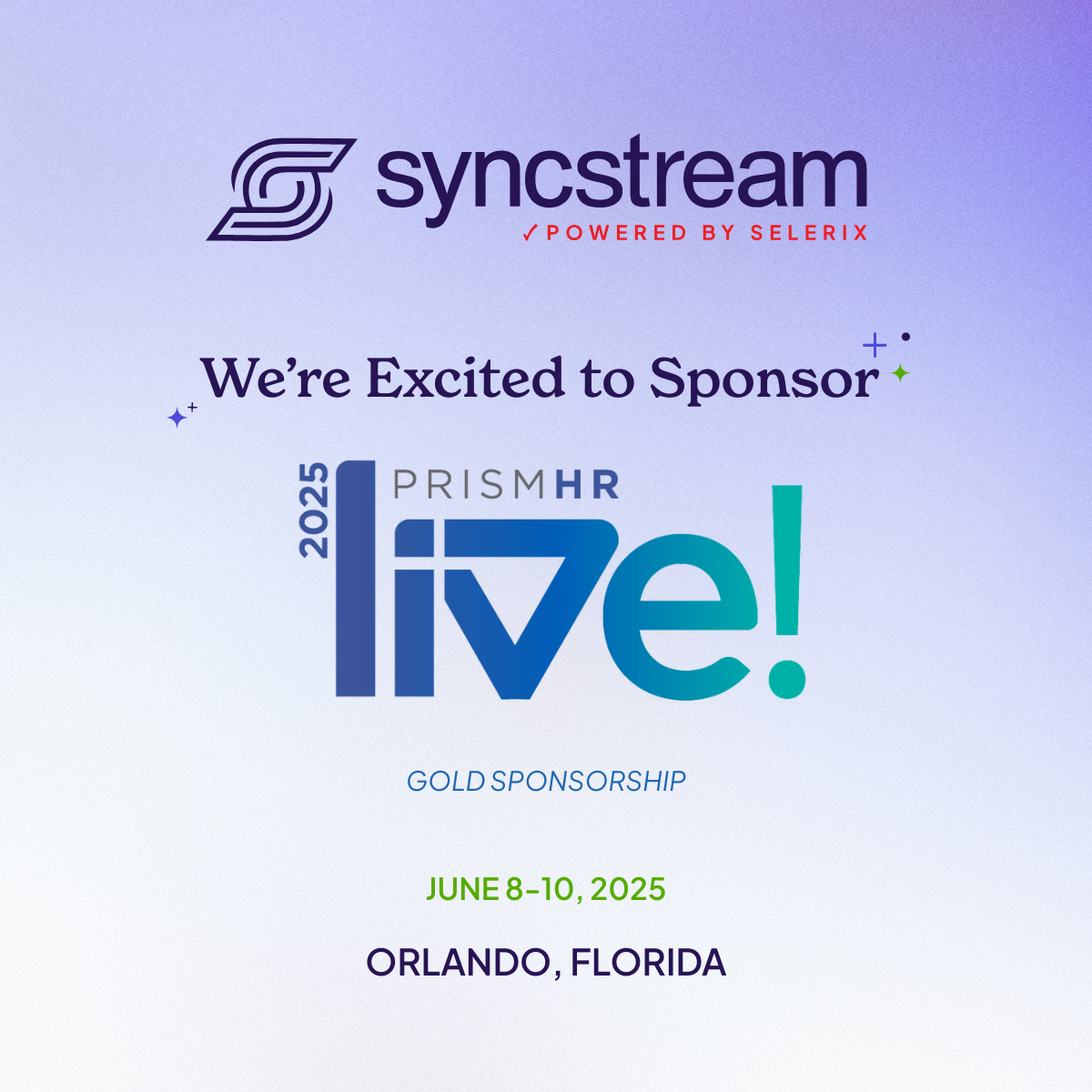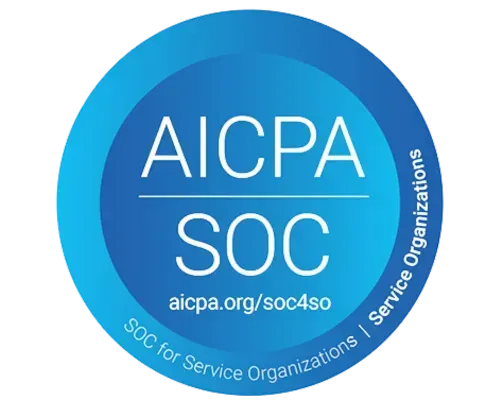Seasonal Employees Can Complicate ACA Compliance
Seasonal Employees and ACA Compliance

Every summer hotels, restaurants, and other hospitality business owners hire thousands of seasonal workers to accommodate increased demand. While beefing up staff during the busy season might seem simple enough, hospitality organizations might not realize that seasonal workers can have serious consequences for Affordable Care Act (ACA) compliance. These workers are treated differently from their full and part-time counterparts for ACA reporting purposes, thus introducing a new layer of complexity to manage. The safest course of action for employers is to continue their due diligence to properly track and report on all employees this season.
Here’s what that means for restaurant, hotel, and retail owners hiring seasonal workers this summer.
Seasonal workers and employer status
Seasonal workers are those employees who are hired to accommodate seasonal demand and work 120 days or less during a calendar year—for instance, lifeguards, ski resort personnel, harvesters, and holiday retail workers. They differ from part-time employees, who are defined by the number of hours worked per week, which cannot exceed 30 hours.
Seasonal workers come into play when determining an organization’s applicable large employer (ALE) status for ACA requirements. For organizations teetering on the ALE threshold (50 full-time equivalent employees), accurately tracking the hours worked by seasonal employees is paramount to maintaining compliance and avoiding IRS penalties.
Here’s why: Typically, an employer that has 50 or more full-time equivalent employees is considered an ALE and should be providing offers of health care coverage to any employee considered ACA full-time. However, if an employer has 50 or more full-time equivalent employees for only 120 days or less in the calendar year, and if the employees in excess of 50 during that time period are seasonal workers, the employer is not considered an ALE, and therefore is not required to make affordable health care coverage available.
If that isn’t complicated enough, tracking and reporting seasonal workers (and part-time workers, too) in the restaurant and hotel industries is further complicated by the fact that these employees frequently swap and cover shifts for each other, making it difficult to track variable hours.
Other compliance considerations
Restaurant and hotel owners that operate multi-location businesses must also take into account their potential status as a controlled group when adhering to ACA guidelines. For ACA purposes, multi-location entities that are part of a controlled group are treated as a single employer, which means the organization’s ALE status is based on the sum of the employees across all locations. This further intensifies the tracking process for employers because they need to define their controlled group status and then determine where employees were offered health care coverage at which organization, making filing 1095-Cs more complex.
At the same time, employers have to keep tabs on seasonal workers who may work at multiple locations to make sure they don’t reach full-time status.
Get started sooner rather than later
All companies that are hiring seasonal workers this summer, especially those that are on the cusp of ALE status or part of a controlled group, should remain diligent in their recordkeeping. If your organization falls into this category, consider utilizing a combination of proper payroll technology and intelligent solutions to automate the time-consuming and often error-prone process of tracking and consolidating the number of hours worked. These systems take into account complex variables, such as controlled group status, and help ensure your auditability at a later date. When reporting season kicks into gear, you’ll appreciate the foresight and attention to detail you paid now.
About SyncStream
SyncStream maintains a tenured, knowledgeable staff who continually monitors changes to the employer mandate regulations and updates solutions as laws evolve. SyncStream removes the burden of ACA compliance and provides penalty risk assessments and suggested corrections to reduce your company’s risk of high IRS penalties. Subject matter experts utilize SyncStream’s user-friendly compliance software to track employee hours, auto-populate forms, audit forms, and e-file for thousands of ALEs. SyncStream’s Full Service Total ACA solution can simplify your ACA compliance needs.





